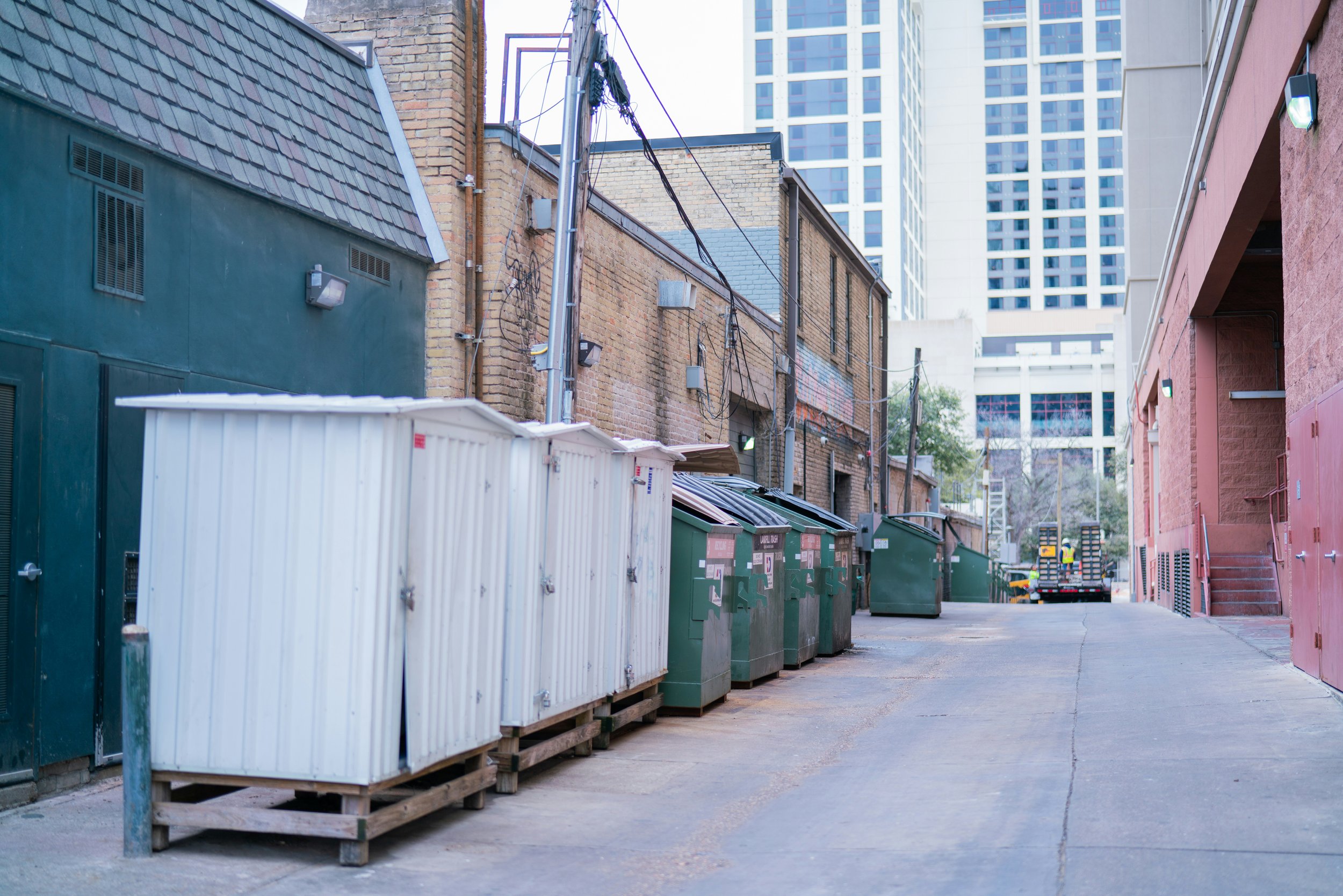Composite Lumber: Tips for Cutting, Drilling, Fastening
Master working with composite lumber with these tips for cutting, drilling, and fastening. Learn techniques to ensure precision and durability in your construction projects.
Working with composite lumber can be a rewarding experience, especially when you know the right techniques. Whether building a deck or crafting outdoor furniture, understanding how to cut, drill, and fasten composite materials is essential. Compared to traditional wood, composite lumber has unique properties requiring a slightly different approach.
What is Composite Lumber?
Composite lumber blends wood fibers and plastic, making it durable and weather-resistant. I remember my first project with this material—building a deck for my friend. Faced with the task, I noticed its smooth surface and consistent color, which set it apart from regular wood. Key ingredients include recycled materials, which contribute to sustainability. Popular uses include decks, fences, and railings due to their low-maintenance appeal. Typically, it mimics natural wood textures and comes in various colors.
Cutting Composite Lumber
Working with composite lumber requires choosing the right tools for precise cuts. Here's how I tackle this material effectively.
Recommended Tools
Power miter saw: Great for smooth, straight cuts. I prefer using it for angle cuts.
Electric circular saw: Cuts are fast and efficient. Perfect for larger boards.
Jigsaw: Ideal for intricate and curved cuts. It's my go-to for custom shapes.
Cutting Techniques
Always cut with the grain facing up: This helps avoid splinters and keeps the edges clean.
Use a saw guide for straight cuts: I always attach one to maintain a straight line.
Measure twice and cut once to ensure accuracy: Mistakes are costly, so I’ve learned to double-check measurements first.
Wear safety glasses during cutting: I never cut without them—protecting my eyes is vital.
Avoid using cordless saws: They often lack the power for thick boards, and I've found corded tools more reliable.
These tips make cutting composite lumber an easier and safer task.
Drilling Composite Lumber
Drilling composite lumber requires precision to maintain its integrity. I learned this firsthand while assembling a new deck using composite materials. Here's what worked for me and might help you, too.
Pre-Drilling Requirements
Pre-drilling is crucial for composite lumber to prevent splitting. Using the right drill bit size makes a big difference.
Drill Bit Sizes
Selecting the correct drill bit size is fundamental when working with composite lumber. Typically, a bit that's slightly smaller than the screw's shank is ideal. For standard deck screws, a 1/8-inch bit often works best. This helps create a snug fit without damaging the material.
Drilling Techniques
Precise techniques matter for effective drilling. Start by marking the drilling spot with a pencil or an awl to guide the bit. Keeping the drill steady is key; otherwise, the bit can wander. Maintain consistent pressure and speed while drilling through the composite material to avoid overheating. Cooling the bit occasionally minimizes heat buildup and material damage.
Fastening Composite Lumber
Fastening composite lumber seems straightforward, but careful selection of fasteners enhances durability and appearance. Using the right types makes a significant difference.
Fastener Types
Hidden fastening: These provide a clean look with no visible screws. My first time using hidden fasteners, I was amazed by the smooth finish. Composite deck clips slide into grooves on the board's edge and attach to support structures.
Fascia fasteners: Specifically designed for fascia boards, these screws prevent mushrooming and expansion. Their small heads disappear into the board for a sleek finish, perfect for enhancing visual aesthetics without hassle.
Fastening Techniques
Using precise techniques optimizes fastening strength and board integrity.
Position fasteners at the center of joists: This distributes weight evenly and prevents wobbling. Centered placement minimizes board movement, providing a stable structure.
Drive screws at a 45-degree angle for optimal grip: Angled screws offer better hold and minimize board splitting. This method provides a strong bond, making fastening secure and reliable.
Installation Best Practices
Using the right techniques during installation boosts composite lumber's performance. I learned that lesson the hard way when fasteners weren't aligned correctly on my first deck project, causing some boards to shift over time. Checking fastener alignment is crucial. Here are some quick tips to guide you:
Space the boards enough to allow expansion.
Align fasteners properly to prevent board movement.
Use composite-specific screws to avoid mushrooming.
Maintain the right distance from the board edge when drilling.
Follow the manufacturer's guidelines for the best results.
Implementing these simple tips leads to a polished and lasting installation.
Additional Considerations
Sometimes, it's the tiny details that make a big difference when you're working with composite lumber.
Environmental Factors
Weather can impact composite lumber and its installation. In hotter climates, boards may expand, affecting spacing. In colder regions, contraction might cause gaps. I remember a chilly morning when my project showed gaps overnight, and adjusting the spacing fixed the issue. Moisture is another factor; it's best to install on dry days for proper expansion gaps. UV exposure can cause slight fading over time. UV-resistant finishes can help maintain color—plan for ventilation to reduce moisture build-up under the boards.
Maintenance Tips
Composite lumber maintenance is simpler than wood maintenance but still necessary. Regular cleaning with soap and water prevents mold and dirt build-up. I once discovered that letting leaves accumulate led to stains, which prompted more frequent cleanups. Avoid pressure washing so the surface doesn't get scuffed. Look for specialized composite cleaners to remove persistent stains without damage. Applying a finish every few years helps protect the color and surface. Place heat-resistant mats to prevent heat damage if using a grill or fire pit nearby.
Conclusion
Working with composite lumber offers numerous opportunities to create durable and attractive outdoor projects. I've found it incredibly rewarding to see a sturdy and stylish deck come together using these materials. Remember, attention to cutting, drilling, and fastening techniques unlocks the best results.
Stay up to date with our latest ideas!
Exclusive deals just for our readers! Click below to unlock special offers and elevate your shopping experience!













